I’m not proud of it, but there was a point in my life when I lost interest in cars. I stopped going to shows and events, let all my car magazine subscriptions run out, and even traded my 2003 BMW 325xi on a 2006 Hyundai Sonata (sad, but true). I still liked to drive – always preferring to captain the ship than to ride shotgun, but I lost the passion. I don’t know, maybe it was an inverted mid-life crisis, or perhaps I just thought it was time for me to pursue other more productive interests. Either way, I generally turned my back on a life-long obsession.

The Cayman renewed my passion for exceptional cars
For a while at least, it seemed like I wasn’t missing much. And forgoing hobbies and interests frees up a lot of time. My checking account remained balanced, the grass was mowed every week, and the grocery list was maintained to just a few items. I was generally content, if not a bit bored. And then one summer day she appeared from nowhere; a stunning vision of flawlessness. First in my peripheral, and then immediately in front of me; close enough to discern the details in her sleek shape. She entered the intersection, turned her hips and disappeared down a side road. I was with a friend who thought I’d had a stroke. In mid conversation I just stopped and stared. The light turned green and I sat there paralyzed.
When I saw my first Cayman, I was immobilized by stunning perfection.
Lasting just a few seconds, the impact of that very moment would reignite a passion left on hiatus. That was the summer of 2007 and I had just seen my first Porsche Cayman (or more accurately), the first time I remembered seeing one. I recorded a million images in that instant, burning them into eternal memory.
The Cayman permitted mere mortals to dream
Deliberately positioned between the Boxster and the legendary 911 Carrera, the Cayman filled much more than just a hole in the marketplace. It allowed mere mortals to dream; a possibility of something exclusive but tangible. Though familiar, the Cayman had lines and curves that were uniquely compelling. And it spoke to an undiscovered market of which I was unknowingly a member. True, the Boxster appealed to the Porsche entry-level audience, but you’re generally a convertible guy or you’re not. This is an important concept because if you really wanted a Porsche (but you hated wearing baseball caps and felt uneasy on public display), you had to make the jump to a 911. And that was quite a leap. The Cayman on the other hand (completely new, but surprisingly classic), was more affordable – and unmistakably, without question, a Porsche. With a price point just a blip of the throttle above the Boxster; the Cayman closed the gap for an entire market of potential enthusiasts.
The unique design of the Cayman was fresh and original, but also somehow classic
Some could argue that Porsche dropped the ball with the Cayman; they should have increased the horsepower to complement its extraordinary design. Conspiracy theorists alleged that this might have challenged her older sibling, the 911 Carrera. And Porsche would never threaten its corporate flagship. The Cayman is first and foremost a mid-engine, rear wheel drive sports car. With all other things equal, there is no better configuration for optimized power, agility and speed. But Carrera devotees pointed to a lack of breeding. After all, the 911 was by now nearly 50 years old, which is an eternity in automotive terms. With years of engineering, testing and refinement behind her, the Carrera does have an unmistakable heritage.
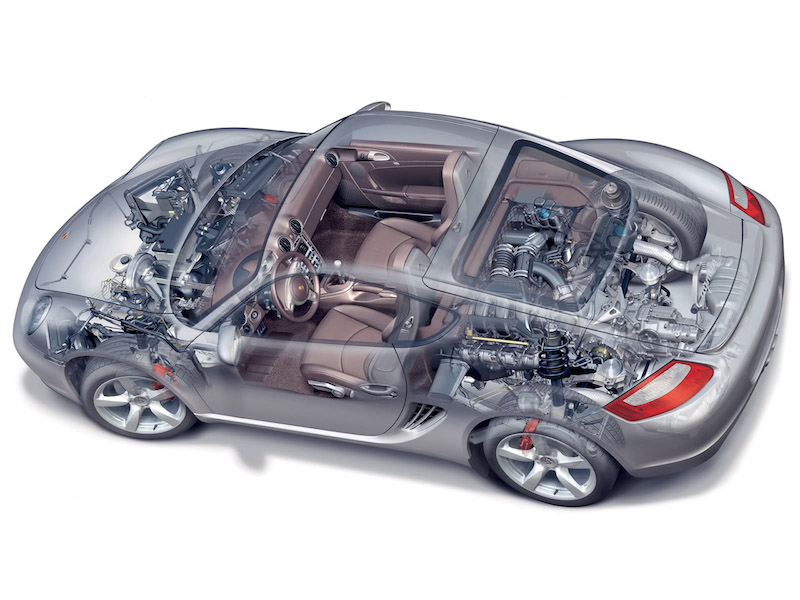
Maybe that’s why some Porsche purists feel threatened by their younger sibling. The 911 had humble beginnings that developed the basis of legend, and perhaps the Cayman rides a bit on those coattails. But in fact even Porsche looks at the Boxster, Cayman and Carrera as distinct and separate markets – which would ordinarily put this issue to rest. In support of this assertion, studies show owners of these models are actually different customers. Or at least at different times in their automotive lives.
The Cayman may forever hide in the shadow of its older sibling, the Porsche Carrera
Introduced in the 2006 model year after two years of development and marketing, Porsche never intended for the Cayman to be merely a Boxster coupe. The first generation Cayman and the second generation Boxster shared the same platform and many components. But oddly, more parts on the Cayman were common to the 911 than the Boxster. Nicknamed by many owners as the “Croc,” the Cayman was a deliberate misspelling of a reptile in the alligator family, the Caiman. Many think this designation was chosen for the similar profile.
Affectionately nicknamed the “Croc” by some who noticed the resemblance
In a marketing move bordering on genius, Porsche introduced the “S” version prior to releasing the base Cayman almost a year later. This was somewhat unusual but became a standard for future releases from Porsche (witness the recent Macan debut). The entry level Cayman was marginally cheaper with reasonably comparable performance. By offering this version well after the S model was launched and subsequently delivered, it opened the floodgates to those (like me) with somewhat lesser means but plenty of pent up desire. Marketing brilliance.
Porsche released a technically improved Cayman in the third year of production
Things cruised along smoothly with brisk sales and continued positive press. You would think Porsche might have left well enough alone (at least for a few more years when original owners might look to upgrade). But in 2009, the second generation Cayman was unveiled. It was available in the base and S models, and often referred to as more of an improvement than a new and distinct production run. Cosmetic changes were subtle at best – you really had to know what to look for to tell them apart. But the significance of this year was the technology beneath the skin. The engine was new; still the flat six, but the intermediate shaft defect in the former motor were resolved with this edition. The drivetrain was lighter, had fewer moving parts, and produced more horsepower with better emissions; a huge improvement over an already capable car.
The most significant mechanical enhancement was the introduction of Porsche’s new PDK automatic shifting transmission; the Porsche “Doppelkupplung” dual-clutch gearbox. The PDK can replace a manual transmission straight up. No driver can select gears faster, and even seasoned racers have agreed it’s the best Porsche transmission ever made. It’s essentially a computer controlled seven-speed standard gearbox. And if you’re worried this new technology won’t pass the test of time, versions have been around at Porsche in their racecars for a quarter century.
No driver can select gears faster and more precisely than the Porsche PDK transmission
Without being more technical than I’m capable, the PDK effectively chooses the current gear and sets up the next one. The computer reads vehicle and driver input, anticipating the next selection in milliseconds. The PDK has modes the driver can select for optimum performance in any condition. It can also be shifted manually using the steering wheel paddles, but honestly this is really more of a distraction. Choose the mode you want and let Porsche technology do its thing so you can focus on braking, steering and accelerating. Speaking as an old-school manual transmission guy who discounted any automatic as a gearbox for the lazy, the PDK will be in my next Porsche should I be fortunate to own another.
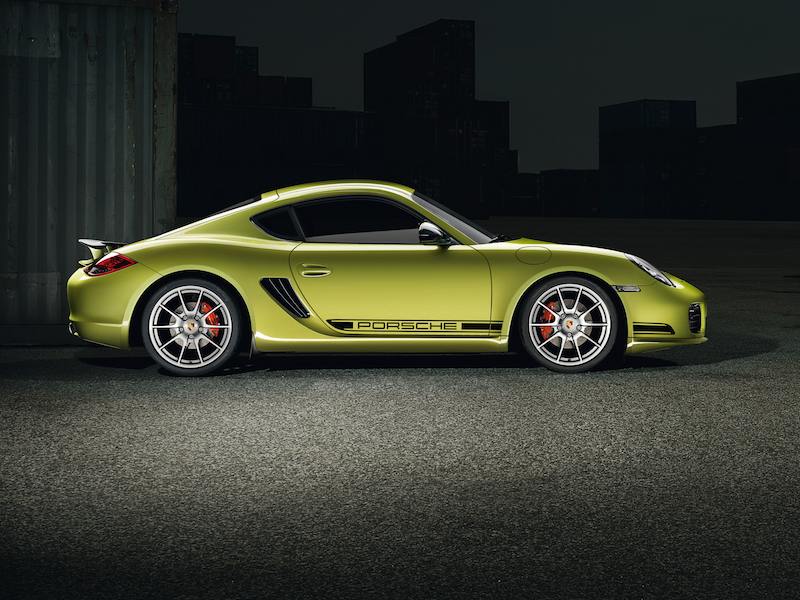
An old-school stick devotee, the PDK will be in my next Porsche
Porsche produced the Cayman R in 2012, which took the already capable Cayman S and reduced weight by using aluminum and other lightweight materials. The radio and air conditioning became options. Porsche used their lightest 19-inch wheels and the very expensive, highly desirable Carbon Fiber seats. The suspension was lowered and poised on stiffer springs. Finally, the Porsche Aero Kit with larger splitters and a fixed rear spoiler eliminated the telescoping feature for additional weight savings. Interior and exterior cosmetic features further separated the Cayman R from the Cayman S versions, making it more visually aggressive to compliment the performance gains.
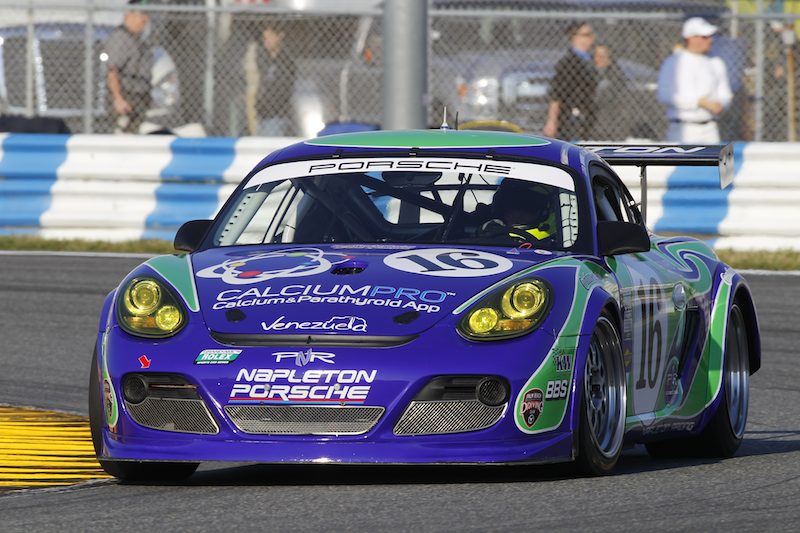
The Cayman has established itself on the track as a formidable opponent. The Cayman Interseries endurance cup race featured 2009 – 2011 Cayman S models in near stock configuration, and was generally driven by their owners. The contest featured cars with throwback colors and designs derived from a Porsche bygone era. At most tracks now, there’s no longer a 911 dominance as the Cayman proves a superb power to weight ratio, challenging all but the Turbo Carreras. Combine that with a lower entry cost, and you fill a substantial gap in the racing market for enthusiasts with the means to compete.
The Cayman can challenge all but the Turbo Carrera on the racetrack
Earlier in 2013, Porsche released what they referred to as the third generation Cayman. This is somewhat a controversial description in that the two versions described above as Generation 1 and 2 are often portrayed as the same production line since the designs are virtually identical. I will take sides with Porsche in that there was such an enormous leap from the earlier drivetrains that the 2009 – 2012 models deserve their own designation. I’m not alone in this opinion as popular Porsche support sites such as Planet 9 and the Cayman Register routinely separate these model years as Gen 1 and Gen 2. Who am I to dispute the experts?
The current generation Cayman and Boxster are markedly improved over their predecessors
The Gen 3 Cayman was based on the third generation Boxster released the previous year. Like the Boxster, the new Cayman has a longer wheelbase, but is lighter and more powerful than its predecessor. Also similar to the Boxster, the Cayman was produced in two versions; the Cayman and Cayman S with both manual and PDK gearboxes. The Cayman was built with increased stiffness; so for all intents and purposes, the Boxster is a smidgen less capable on the track. But more power does not mean less proficient, as the new Cayman models boasted an increase in fuel efficiency of 15%.
Performance did not suffer with this reduction in fuel consumption, with top speeds of 165 and 175 mph for the base and S models respectively. A PDK equipped model is heavier by more than 60 pounds, but with lightning-fast shifts and improved acceleration, the manual gearbox can only boast a slightly better top speed in both models. Stability is superior to the previous generation due to a longer wheelbase and stiffer carriage.
The latest generation Cayman boasts better performance and improved gas mileage
Controversial electro-mechanical power steering now replaces the old hydraulics. Many have criticized this move, and the jury is still out on that upgrade with two camps of opinion; those that love the new feel, and those that loathe it. Other technical features like PTV brake-induced vectoring and active transmission mounts stiffen in cornering with response to driver input.
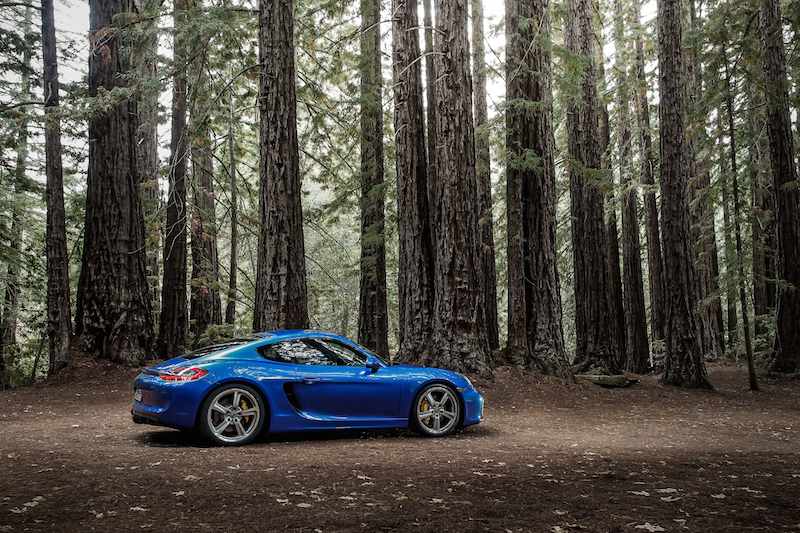
Last summer, the Cayman GTS was introduced, and I was fortunate to drive one on a racetrack. It boasted an even more powerful engine with a slightly lowered suspension. The motor produces 340hp and gets to 60mph in well under five seconds with either transmission choice, and also tops out at just under 180 mph. Not to mention it comes standard with a lot of options a discerning buyer will appreciate. Like PASM (Porsche Active Suspension Management), sports seats and exhaust, launch control and two sports modes (with the PDK option), the Sport Chrono package, leather and Alcantara interior as well as 20 inch wheels, and some unique exterior accents.
The Cayman GTS manages perhaps the ultimate balance of power, agility and road manners
The Boxster and Cayman GTS models were announced and released at the same time, which suggests that Porsche has leveled the branding going forward. This should make planning a lot easier for customers, where previously your guess was as good as mine when it came to product releases.
And this year, the long anticipated Cayman GT4 was finally revealed. This represents the first genuine threat to the Carrera, in that for the first time, the Cayman is stealing significantly from the 911 parts bin, including the 3.8-liter flat-six from the Carrera S, which produces 385 horsepower. For now, the GT4 satisfies Porsche purists in that it is only available with a six-speed manual gearbox. Oddly, the Carrera GT3 is delivered with a PDK only. Some will argue the GTS is a better compromise from street to track, but Porsche is not going to have difficulty selling any inventory of the GT4 they can crank out.
There is little doubt the Carrera will retain the Porsche corporate image
So where does this put the Cayman in Porsche’s grand strategy? While there will forever be comparisons between the Cayman and the Carrera, there is little doubt the 911 will remain the corporate cornerstone; the product that eternally and undeniably defines the Porsche vision. But you have to at least consider that the top of the line Cayman is still significantly less than the base 911.
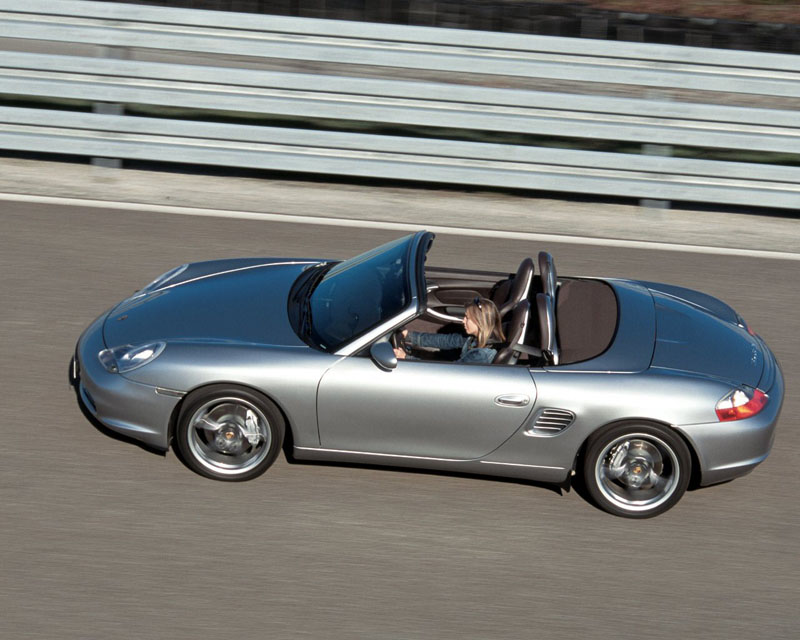
When the Boxster originally débuted in 1996, it was considered a risky approach by many experts, but ultimately paid off in dividends by introducing an untapped market to the Porsche brand, appealing to new enthusiasts in a way that didn’t upset their existing clientele. The Cayman generated a push-pull effect on its siblings; challenging the 911 to be worthy of the additional investment, while the Boxster enjoys the benefit of associated value. At the very least, the Cayman revitalized Porsche through passionate design, uncompromised engineering and ingenious marketing at a time when entire brands were exiting the States due to the change in the economic automotive climate.
The Cayman might have ultimately saved Porsche
The Cayman could be considered responsible for a whole new class of devotees; those with an obsession for purpose, an insistence on quality and an appreciation for value, all without alienating existing customers. How so? As a Cayman owner, I am not the first to have said I would think about owning a Boxster (although I don’t care for convertibles). I also learned to respect the 911 for its incredible capability, though it doesn’t speak to me the way the Cayman does. This is at least partly why some people think the Cayman may have ultimately saved Porsche. And for me personally, if not for the Cayman, I might still be content motoring around in my Sonata; with my impeccable lawn and balanced checkbook.
